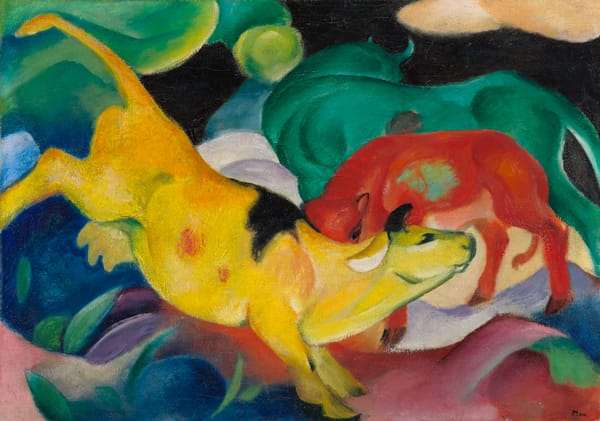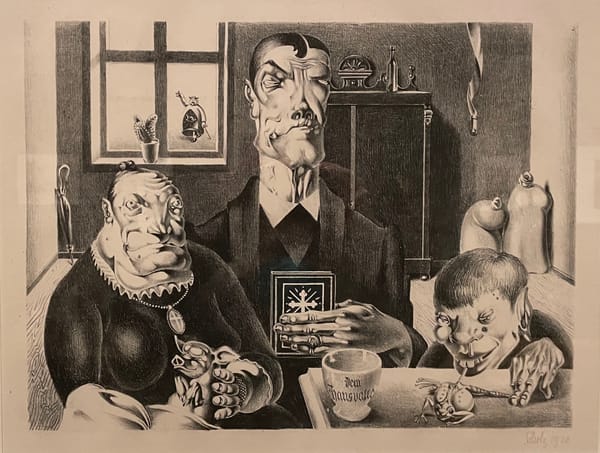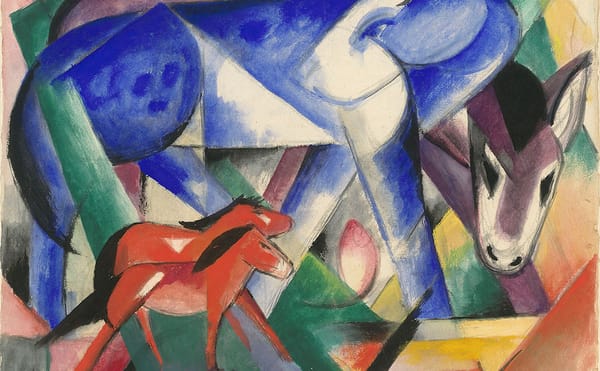
Art
Expressionists Great and Not So Great
Expressionists felt that art had the capacity to heal, to cross-fertilize, to challenge fixed ideas — it could make the world anew.

Art
Expressionists felt that art had the capacity to heal, to cross-fertilize, to challenge fixed ideas — it could make the world anew.

Art
The works that best exemplify a uniquely German grotesque in Reexamining the Grotesque are those that reflect the war and Weimar years.

Art
Hartung’s work most likely didn’t go over well in the heyday of conceptualism, earth art, and the literal use of materials.

Film
Working for the first time without his brother Ethan, Coen’s film adaptation, featuring Denzel Washington as Macbeth, embraces the text with unusual faithfulness.

Art
With Franz Marc and August Macke: 1909-1914, the Neue Galerie implicitly argues that the two artists belong among the pantheon of Europe's modern masters.

Art
Hablik's fantastical and cosmic vision of utopia hinged on the aspirations of a still-emerging industrial age.

Art
Der Sturm, the title of the arts magazine that served as the mouthpiece for German Expressionism during the Weimar Republic, translates to “the storm.”

Books
The German fantasist Paul Scheerbart's greatest novel, Lesabéndio, was first published in 1913, the year that Expressionism began to flower in Berlin. The novel, both deriving from and contributing to this Zeitgeist, opens with a highly Expressionist scene: "The sky was violet, and the stars were gr